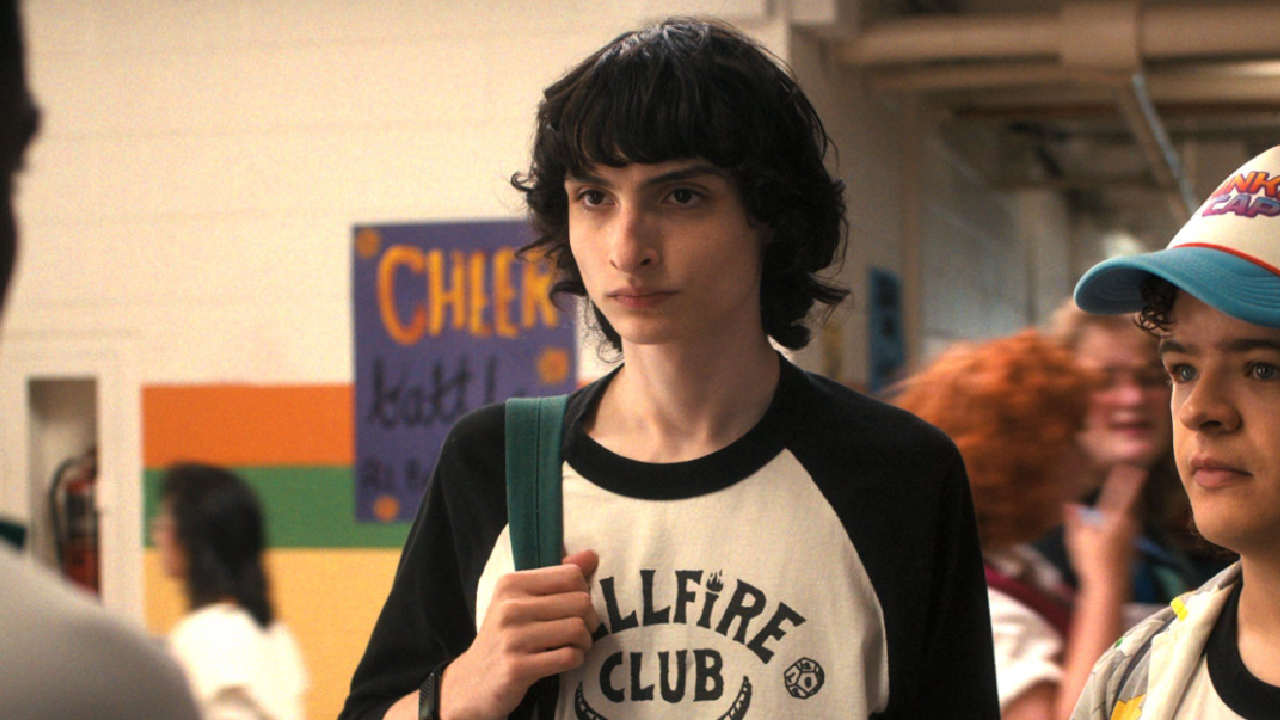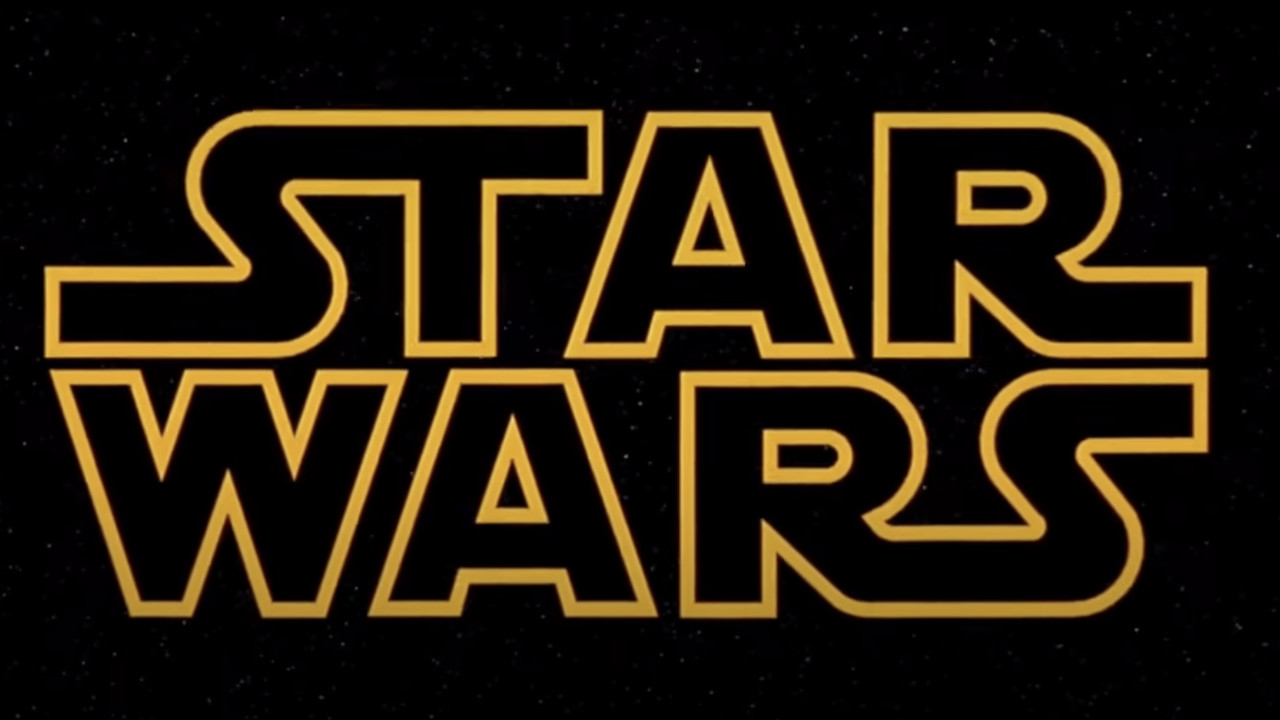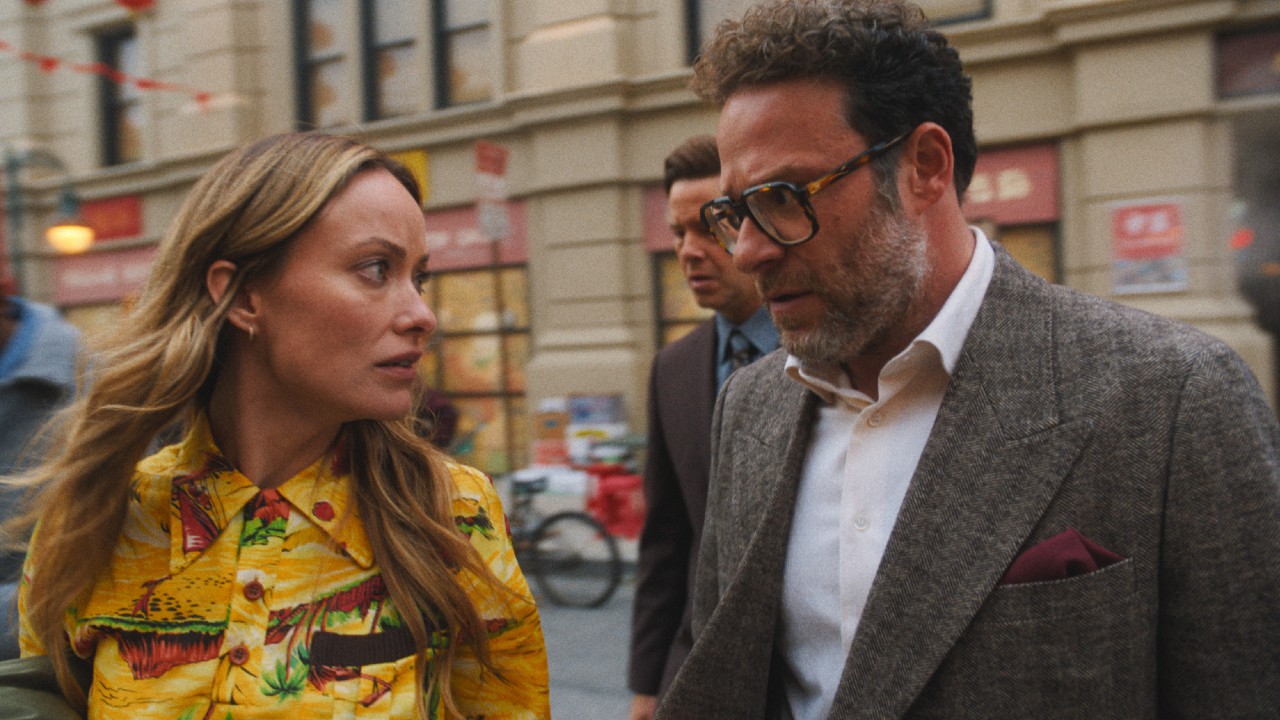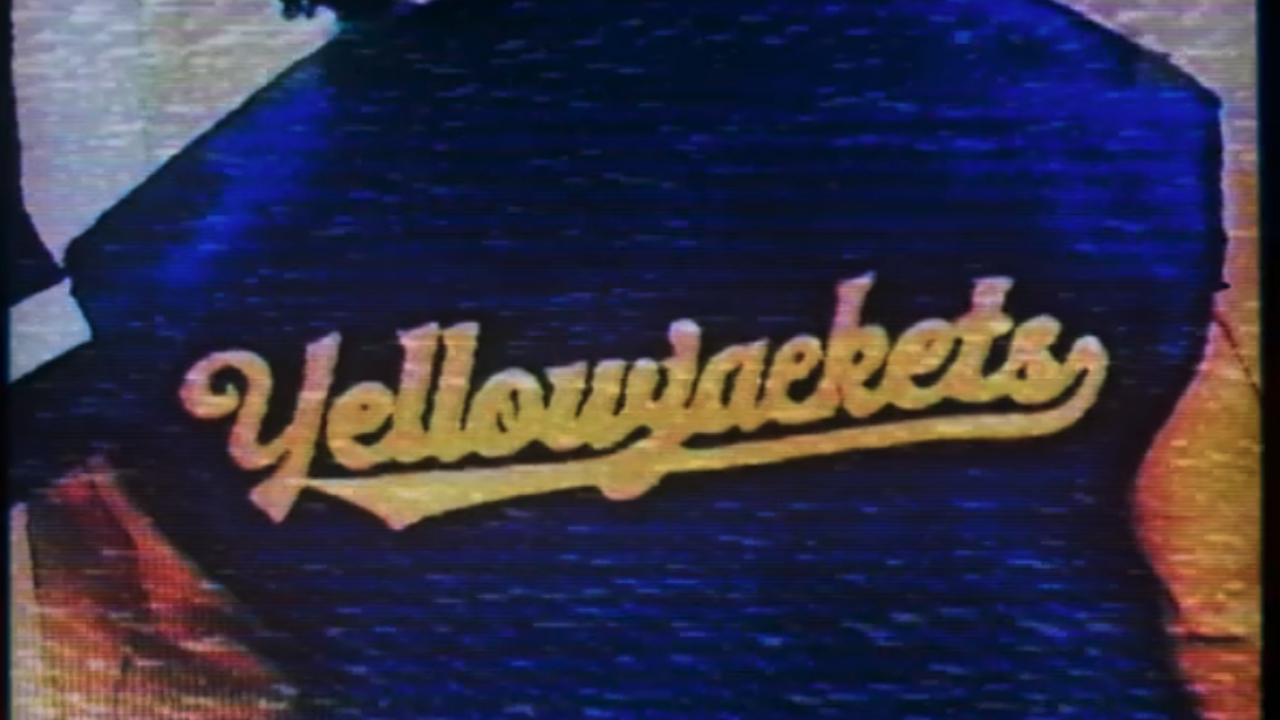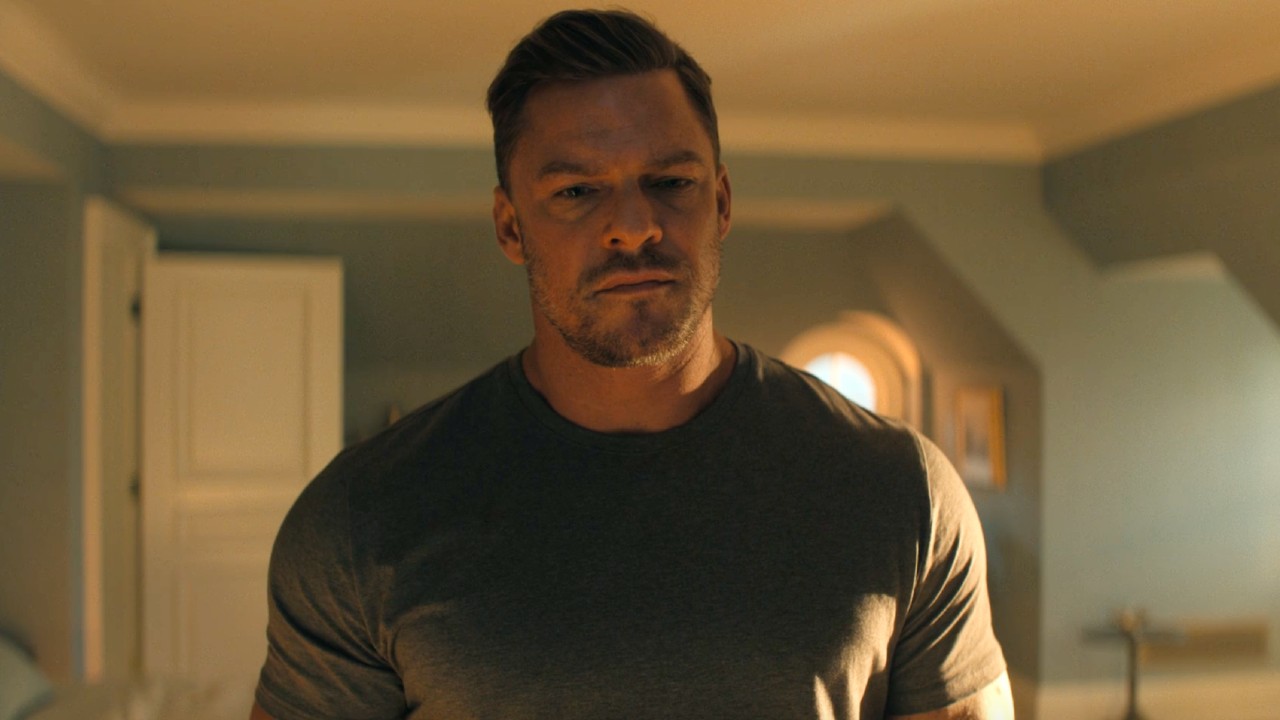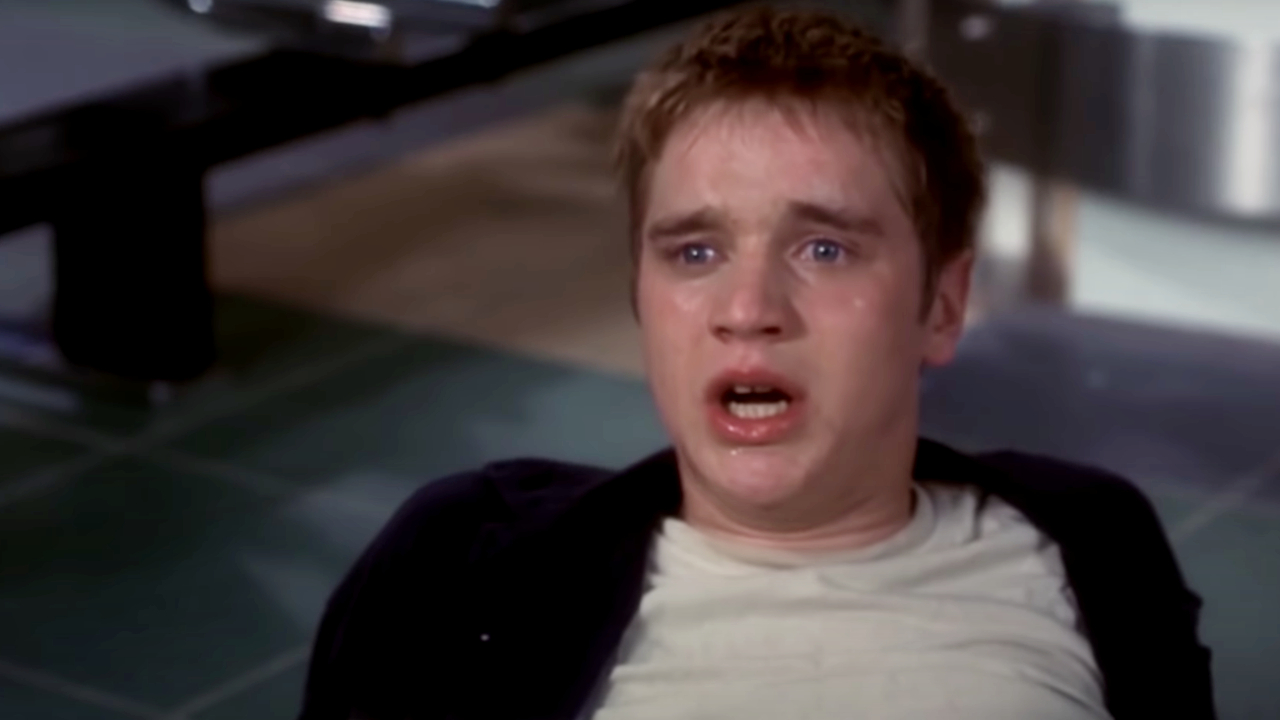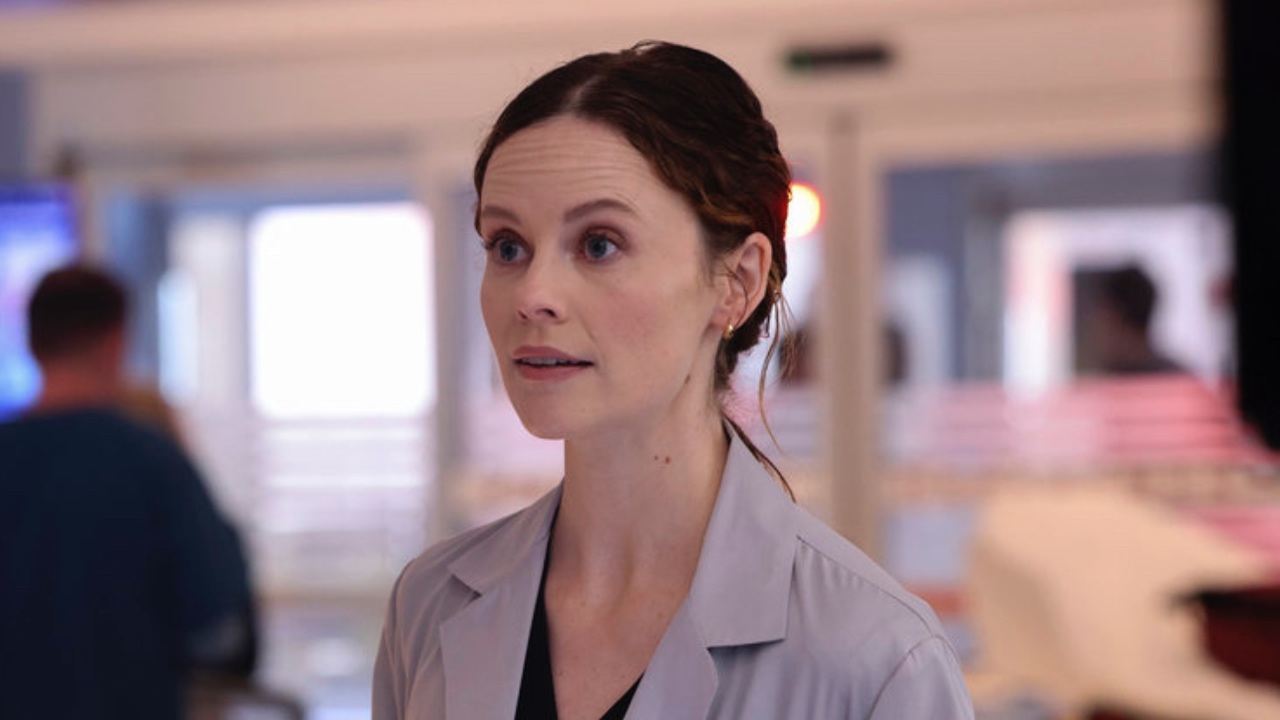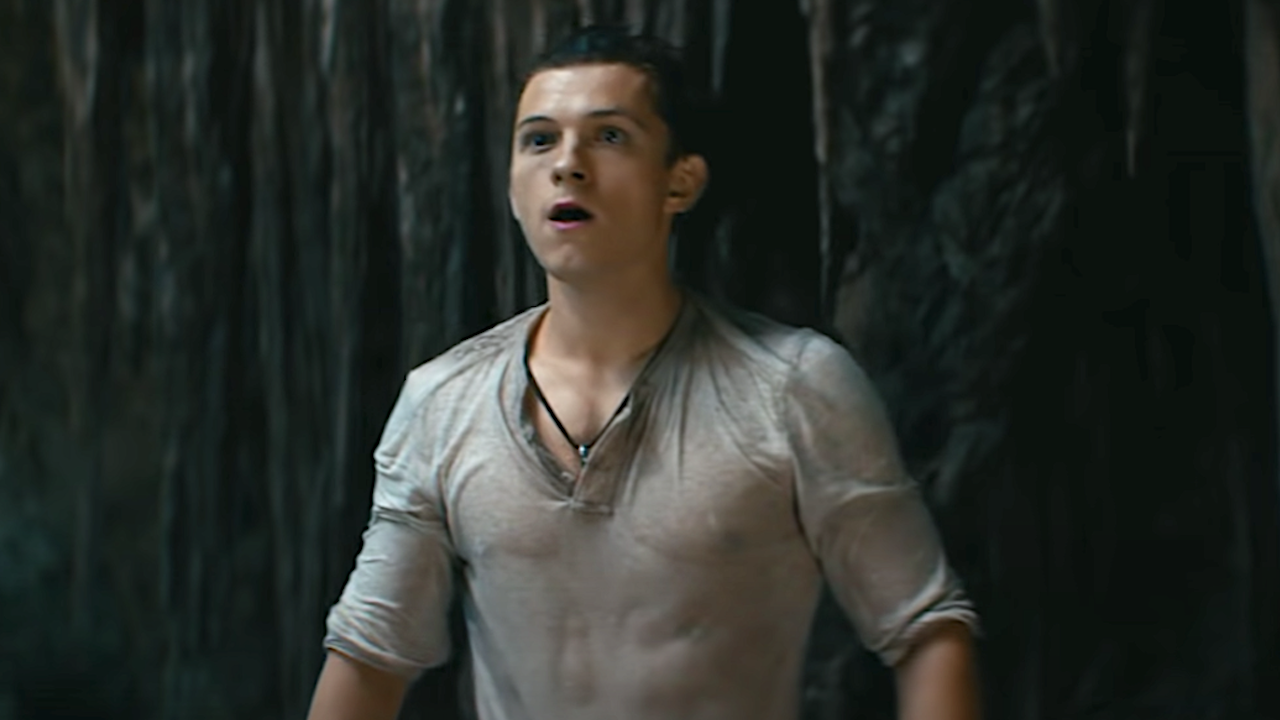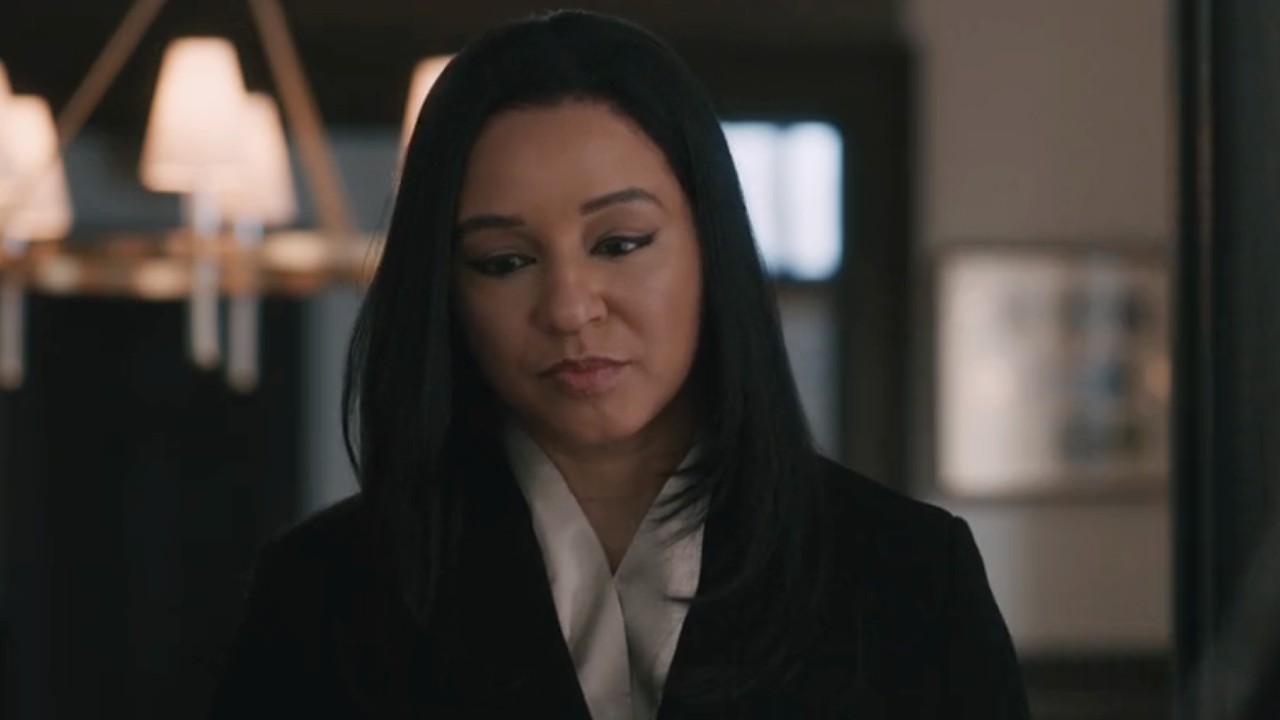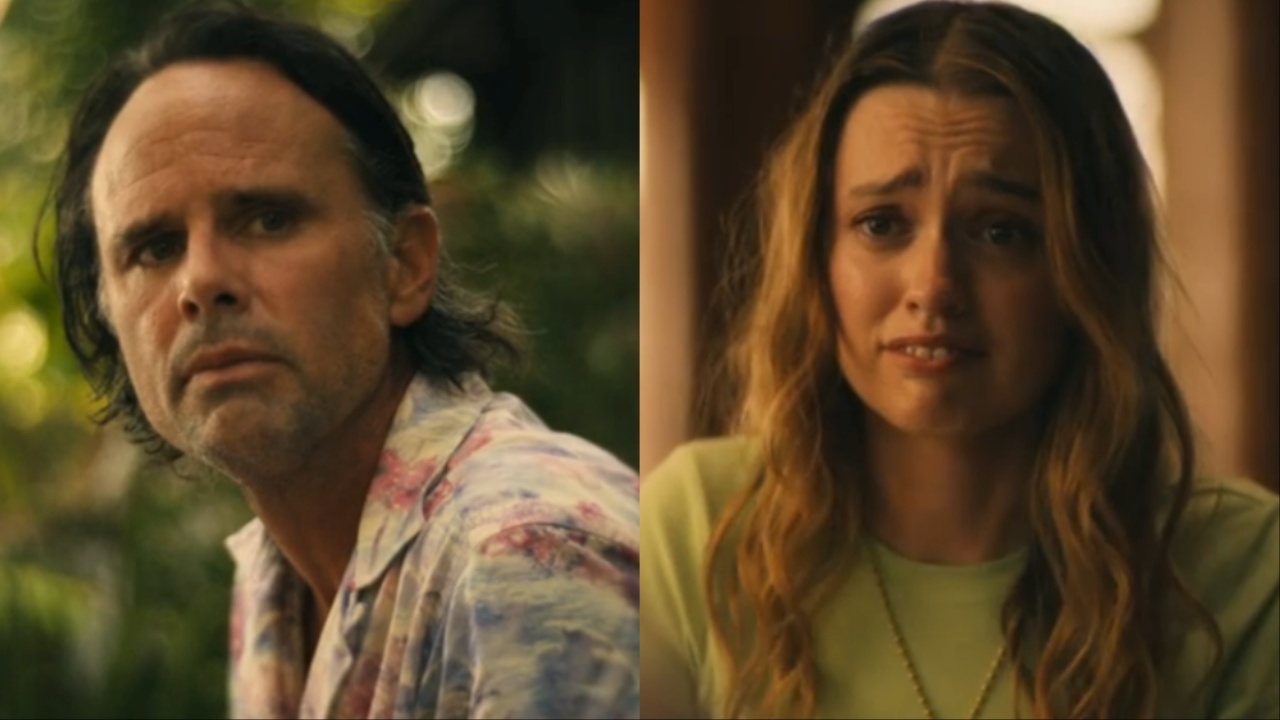To 3D Or Not To 3D: Buy The Right Jurassic Park Ticket
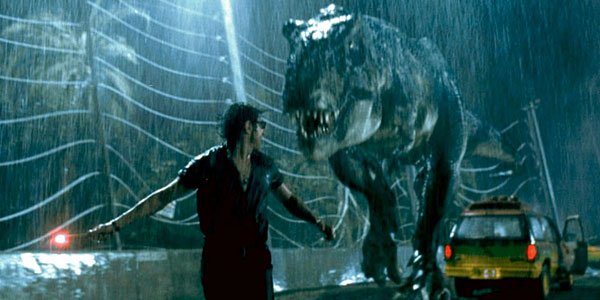
Based on Michael Crichton's most popular novel, Jurassic Park seemed destined for movie greatness with its imaginative premise of long-extinct dinosaurs being bred in the present for a theme park. In 1993, Steven Spielberg pushed special and visual effects to new heights, and awed audiences with sequences where mankind and dinosaur interacted with dynamic results. The film went on to win Academy Awards in both Visual Effects and Sound Effects for its remarkable full-bodied recreations of prehistoric beasts, and earned more than $900 million worldwide. So, when the trend of re-releasing old blockbusters with post-converted 3D emerged, it was only a matter of time before Universal revisited Jurassic Park.
I still have vivid memories of seeing this movie in theaters when I was a kid. That's why I went to see Jurassic Park at a revival screening last fall. 20 years later and I found this thriller as frightening, fun and deeply satisfying as ever. Having watched the T-rex scenes and horrifying raptor sequences in its original 2D, made me freshly intrigued for what 3D could add to this stupendous viewing experience. So, when I went to see Jurassic Park 3D for this column, I paid attention solely to how 3D was employed.
Does It Fit?
You'd think so. Big action spectacle and the T-Rex chase scene where the bellowing dino nips at the heels of Malcolm (Jeff Goldblum) and company seems perfect for 3D. The trouble is that the cinematography of the original film fights the 3D. The angles that would make the best use of this device weren't used, because it wasn't a consideration in 1993. And while the cinematography of Dean Cundey is absolutely extraordinary, it is full of rack focus moves that are jarring in 3D. Basically, the camera focuses on a foreground element, say Ellie (Laura Dern) as she says some crucial line, then the focus shifts from her (putting her out of focus) to someone behind her, pulling focus to their reaction. This kind of camerawork is a great storytelling tool in 2D, but looks odd in 3D where having everything in focus offers a better sense of dimension. Similarly, when foreground elements or background elements are out of focus, it’s a waste of 3D. And in the case of the occasional lens flare, the 3D is actually irksome and distracting.
Fit Score: 3/5
Planning & Effort
I'm confident this was not an endeavor taken on lightly. I'm sure they "spared no expense" in making this conversion. But when a movie was shot on film in two dimensions, it is very difficult to retro-fit it to 3D in an exemplary way. Here, the planning in advance was nonexistent, but the later effort to inject the 3D device into every scene was clearly earnest. Even closeups offer a little more dimension with post-converted multiple planes. But the original lays down a lot of obstacles to making this major revision stand up to movies conceived for 3D from the start .
Planning & Effort Score: 3/5
Before the Window
CINEMABLEND NEWSLETTER
Your Daily Blend of Entertainment News
This is the category that gets many moviegoers the most excited about 3D. Before the Window applies to those elements of the movie that seem to protrude into the theater, urging kids to reach out and try to touch the object that seems to be just inches from their reach! One thing I desperately wanted to "see" was the sharp-teethed maws of these gigantic beasts poke out of the screen. There are a few of these moments (for instance when a raptor lunges at Ellie), but they are few and far between, and brief as they are the 3D is nowhere near as impactful as I'd hoped.
Before the Window Score: 2/5
Beyond the Window
Here again is where the cinematography fights the 3D. Jurassic Park is full of luscious, rolling landscapes, but as much of the time they are out of focus—to draw attention to the film's heroes in the fore—a sense of dimension is sacrificed. Still, the kitchen scene gets an added layer of drama with the boost of 3D adding depth to the alleys of metal and tile that the raptors sharp talons click along on. The helicopter sequences also show a notably deep depth of field.
Beyond the Window Score: 3/5
Brightness
This was one I worried about in advance since many of the Jurassic Park's most exciting action sequences take place in dark environments. But Universal refuses to get tripped up here, and properly adjusts so you can see everything in the T-Rex attack sequence, the dilophosaurus stalking of Wayne Knight's Dennis, and within the unlit halls of the cavernous shed where Ellie must reactivate the power and face off against the tricky trio of raptors for the first time.
Brightness Score: 5/5
The Glasses Off Test
How much 3D are you getting? The easiest way to gauge this is take off your glasses and see how blurry the picture is without them. Every frame of Jurassic Park appears to be employing 3D, even places where its totally unneeded, like the end credits set against black.
Glasses Off Score: 5/5
Audience Health
The frequent rack focus moves with the added 3D did give me a slight headache by movie's end, but an informal poll of other moviegoers suggests that was not a common problem.
Audience Health Score: 4/5
| SCORES RECAP | |
| 3D Fit | 3 |
| P&E | 3 |
| Before The Window | 2 |
| Beyond The Window | 3 |
| Brightness | 5 |
| The Glasses Off Test | 5 |
| Audience Health | 4 |
| Total Score | 25 (out of a possible 35) |
Final Verdict: In the end, my thoughts on the 3D are best reflected by Dr. Malcolm: "[They] were so preoccupied with whether or not they could that they didn't stop to think if they should!"
Let me be clear. As a movie, Jurassic Park is still a breathtaking and exhilarating viewing experience. Many of the special effects and vfx still look real and awe-inspiring. The story is as epic as ever and the performances are still vibrant and entertaining. This movie in no way needs 3D to make it worth the ticket price. And even with the higher rate of 3D tickets, I'd urge you to see Jurassic Park again. The movie is that good, but the 3D itself is not.
This poll is no longer available.
Staff writer at CinemaBlend.

